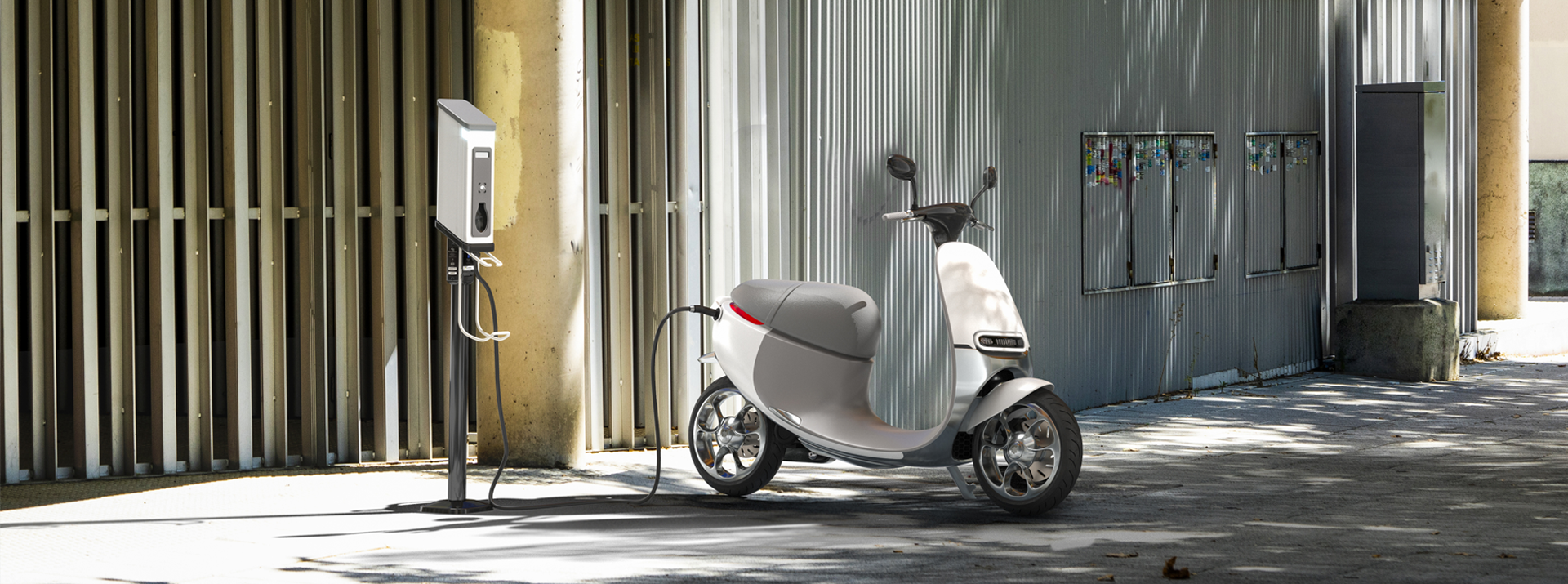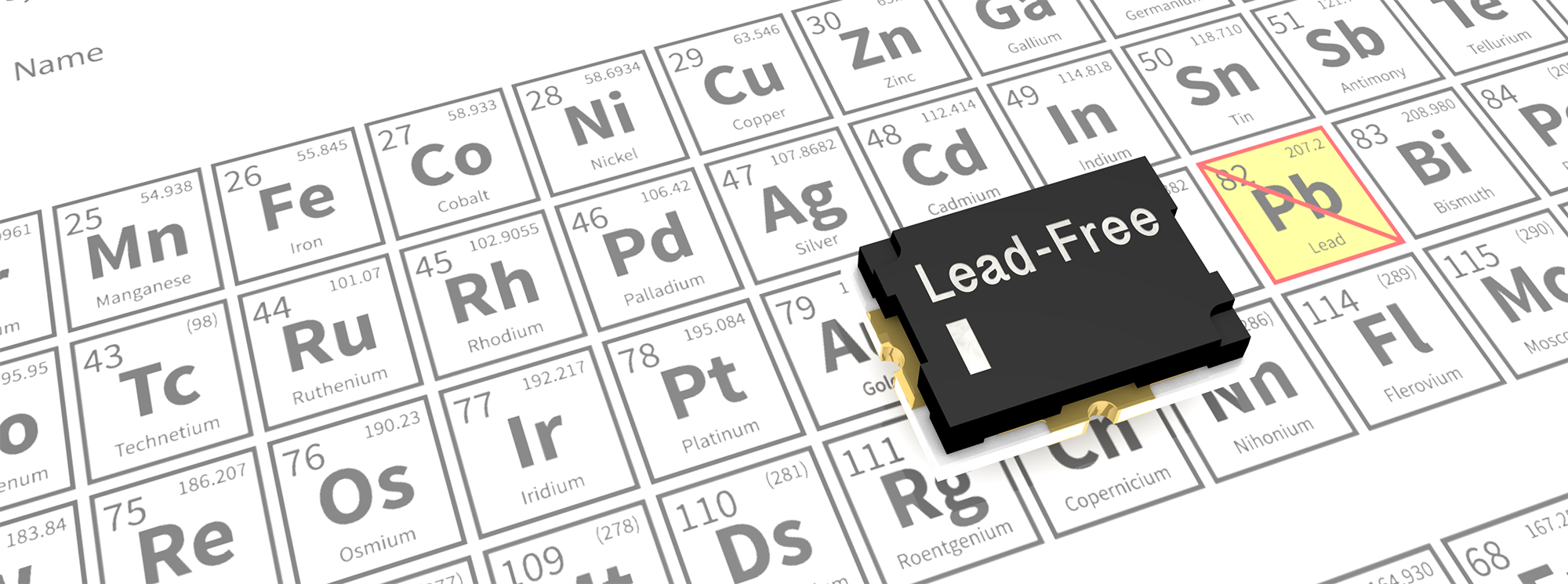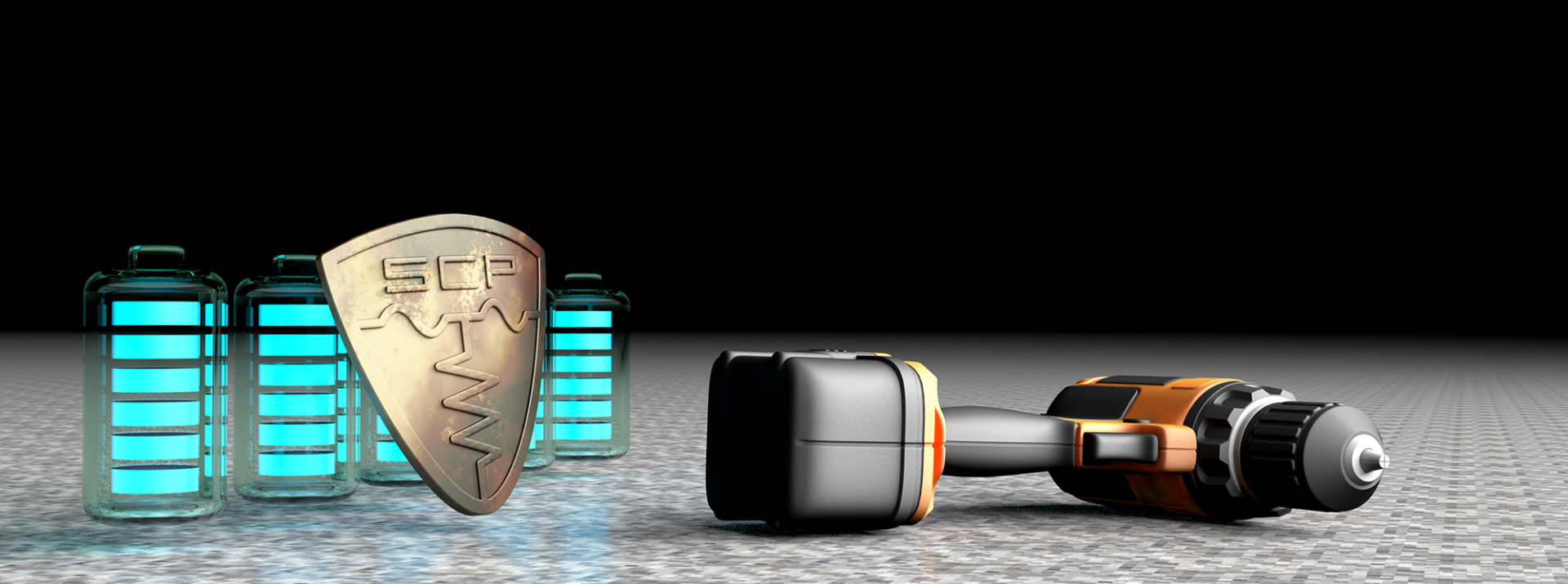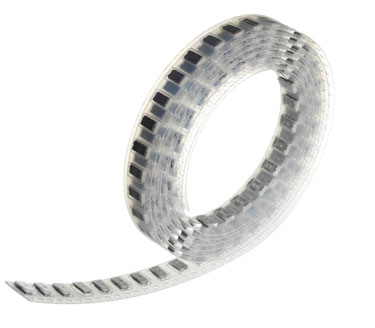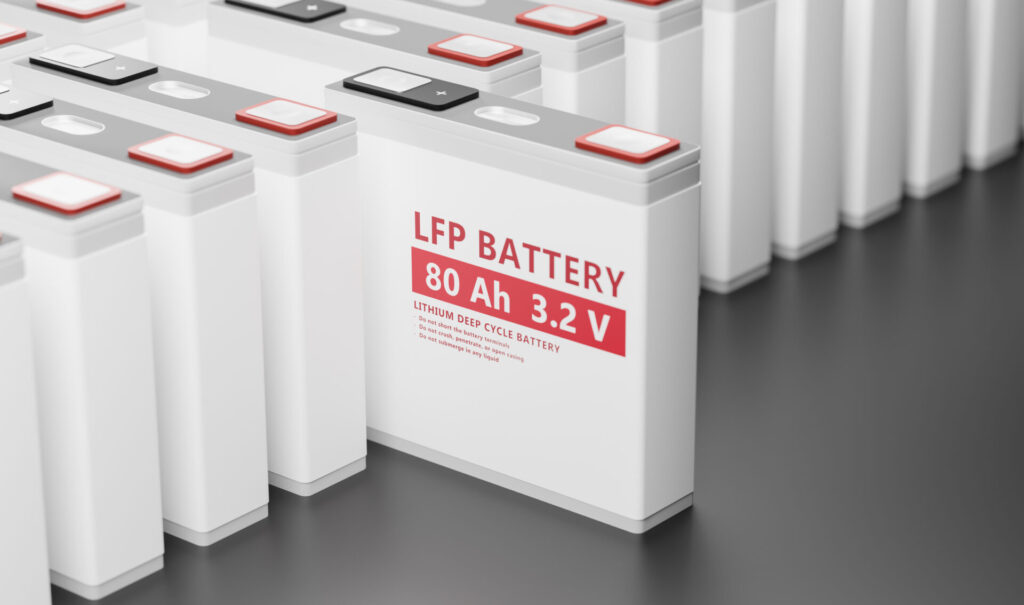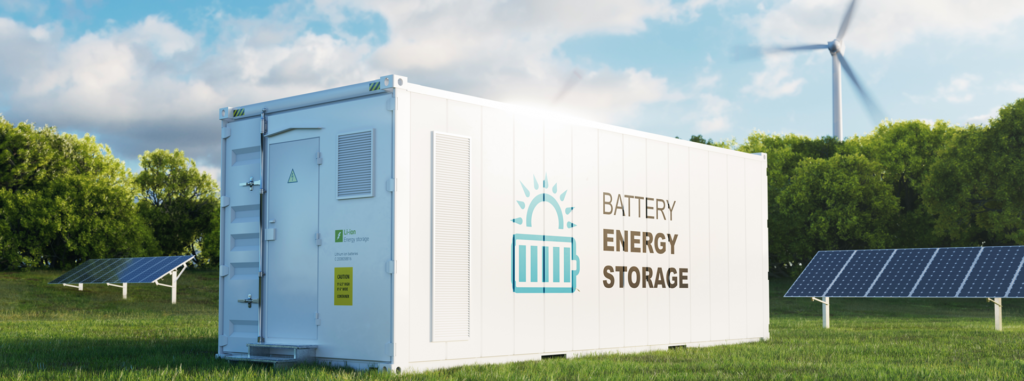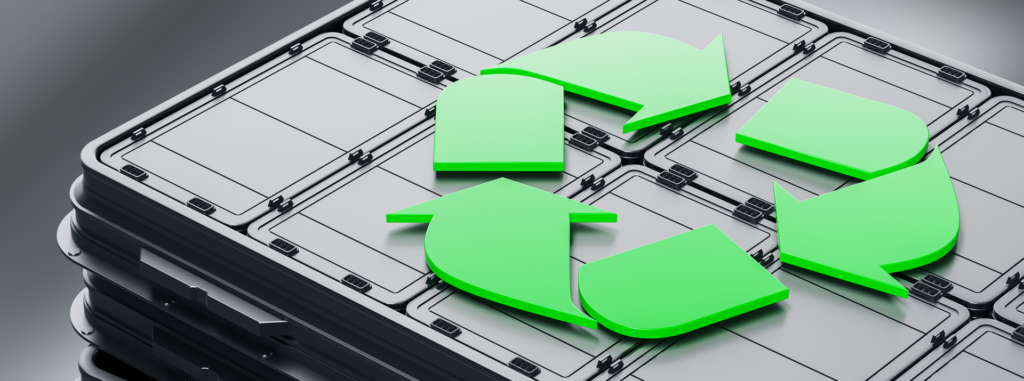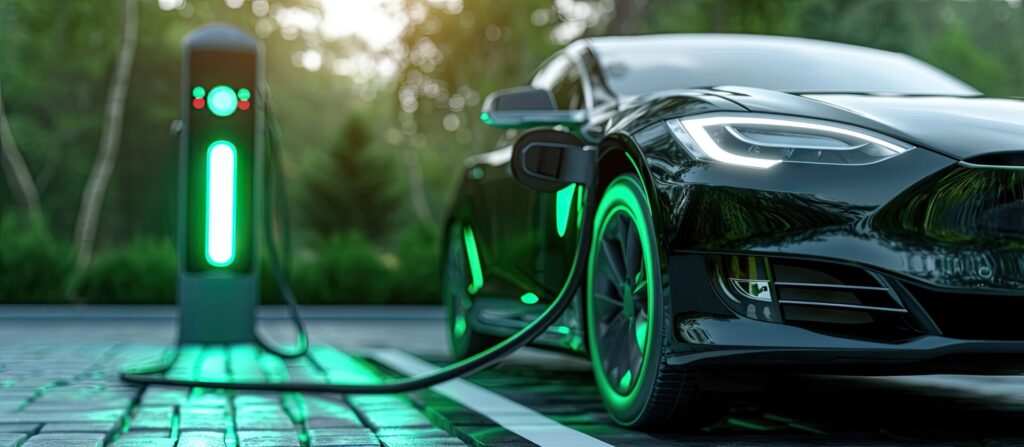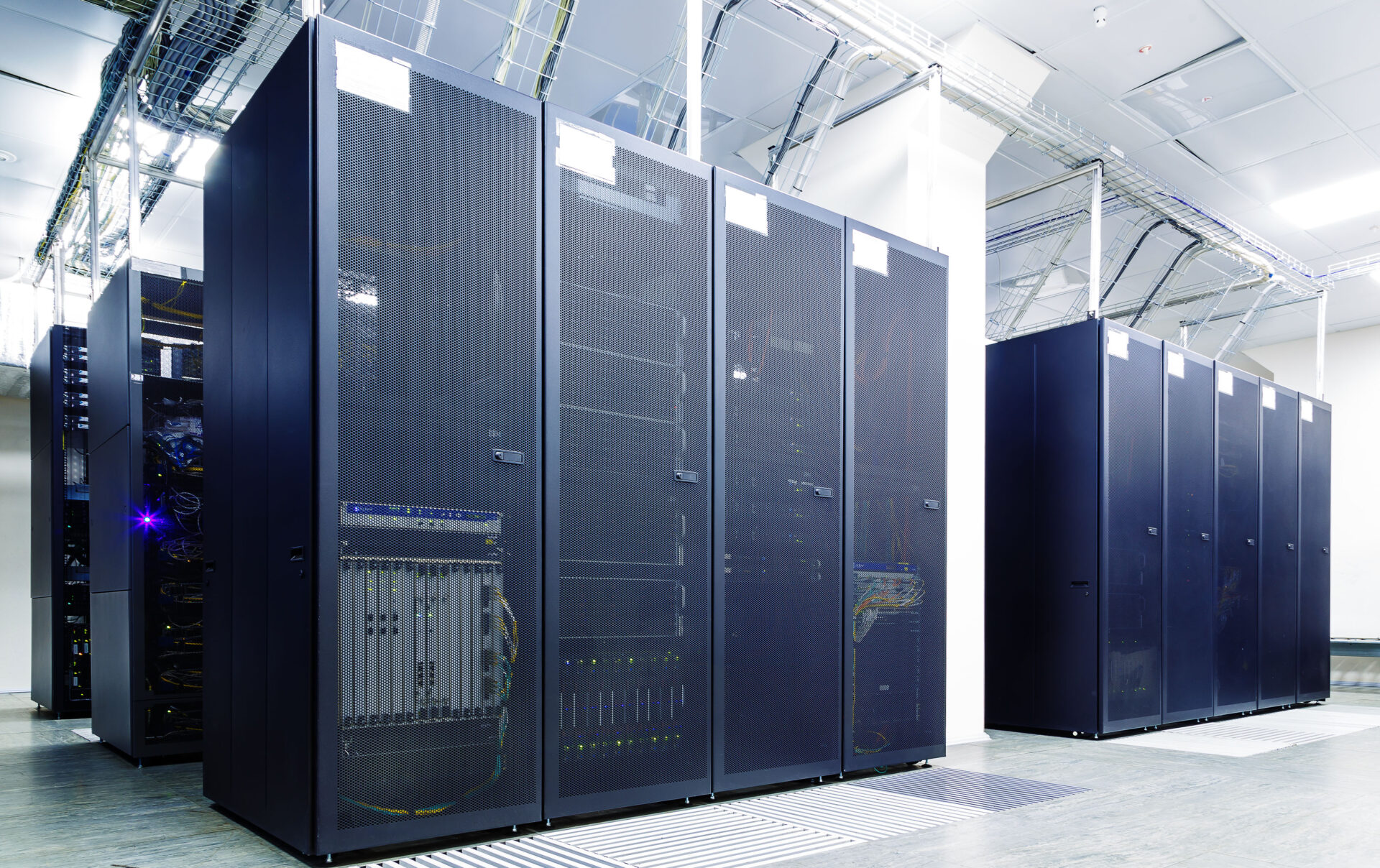
- 電子部品関連
BBU(Battery Backup Unit)が支える生成AI時代の電力インフラ──データセンターの新課題と対応策
目次
生成AI時代におけるデータセンターの電力需要と構成
生成AI技術の急速な発展により、ChatGPT(GPT-4)やLlama 2といった大規模言語モデル(LLM)が登場し、実用化が加速しました。これらのLLMは、大量のデータをもとに学習を行うため、膨大な演算処理を必要とします。さらに、複数のAI技術やデバイスを組み合わせて自律的に判断する「AIエージェント」の開発も進んでおり、今後も処理負荷の増大が予測されます。
このような背景から、GoogleやAWS、Metaなどのハイパースケーラー(大手クラウドサービス事業者)は、AI活用を見据えたデータセンターの高性能化・省電力化に向けて積極的な投資を行っています。たとえば、高性能のGPU(画像処理半導体)を搭載したAIワークロード向けに使われるNVIDIA「DGX H200」は、最大10.2kWの電力を消費するとされていますが、これは従来型サーバーの電力消費量(0.5〜2kW)の5〜40倍にあたります。
電力需要の増大に伴い、データセンター全体の電力消費も急増中です。国際エネルギー機関(IEA)の「Electricity 2024」によれば、2022年のデータセンター電力消費は約460TWhで、2026年には1,000TWhを超えると予測されています。これは日本の年間電力消費量に匹敵する規模です。
こうした環境下では、安定的で信頼性の高い電源の確保がデータセンター運用における必須条件となります。なかでも、瞬間的な電力変動や停電時に電力を短時間供給し、処理中のデータを退避させ、システムの安全なシャットダウンを実現するBBU(Battery Backup Unit)は、情報資源保護の要として重要性が急速に高まっています。
電力バックアップ装置の種類とBBUの特徴
電力バックアップには、目的や使用環境に応じてさまざまな種類のソリューションがあります。それぞれの特徴や違いを理解することで、適切な電源保護装置を選定できます。
- ESS
ESS(Energy Storage System)とは、エネルギーマネジメント用の大規模な電力貯蔵システムのことを指します。主に再生可能エネルギーの出力変動を平準化し、電力需要のピークシフトを可能にするために利用されます。また、電力系統全体の周波数安定化や出力調整といった役割も担っており、インフラの安定運用に欠かせない高品質な電源を供給するための装置です。
ESSは、数時間から数日間にわたって電力を蓄えることが可能で、地域単位での大規模な電力管理や需給バランスの最適化に貢献します。
(関連記事)リチウムイオン電池を活用した電力貯蔵システム(ESS) - UPS
UPS(Uninterruptible Power Supply)とは、電力の供給が途切れた際に、数分から数時間のあいだ電力を供給する無停電電源装置のことです。急な停電や瞬時電圧低下が発生した際にも、接続されたシステムを安定して稼働させ、復電に時間がかかる場合にはシステムを安全に停止し、重要な機器やシステムの故障やデータ損失を防ぎます。
UPSは電圧変動に対する保護機能も備えており、電力品質の維持にも貢献します。データセンターでは、主電源が復旧するまでの「つなぎの電源」として活用され、システム全体の信頼性を高める基本的なインフラの一つとなっています。 - BBU
BBU(Battery Backup Unit)とは、短時間の電力バックアップに特化した装置で、瞬間的な電力変動や停電が発生した際に、数秒〜数分の間、電力を供給する役割を担います。
AI処理を行う高性能GPUサーバーのように高速大容量の揮発性メモリシステムを搭載したシステムでは、瞬間的な電源喪失で瞬時にメモリ上に展開されたデータが消失、大きな影響が出てしまいます。BBUは揮発性メモリ上に展開されている膨大なデータなどを不揮発性メモリや記憶装置に安全に待避させるために不可欠です。UPSよりもコンパクトで、ラック単位での分散配置が可能なため、高密度化が進むデータセンターにおいて、省スペース性に優れ、メンテナンスコストも抑えやすい選択肢となります。
以下の図は、BBU・UPS・ESSの機能や設置構成の違いを整理したものです。なかでもBBUは、省スペース性と即応性を両立したソリューションとして注目されています。

| 種別 | 供給時間 | 電源 | 特徴 |
|---|---|---|---|
| ESS | 数時間~数日 | 別建屋でも可 | スペースの制約が少なく、安価な鉛やLFPが一般的 |
| UPS | 数時間 | 別室で集中管理 | |
| BBU | 数分 | ラック毎に分散 | 高出力・省スペースが必須 |
BBU市場の拡大と背景にある変化
BBU市場は、AIサーバーの普及とともに急拡大しています。GPU中心の高性能演算装置の導入により、電力消費量は大きく増加し、瞬時に安定した電力供給を行うためのインフラが必須となりました。
とりわけ注目されているのは、MicrosoftやGoogleの親会社であるAlphabetといった主要ハイパースケーラーによる、AIインフラへの積極的な設備投資です。2024年4月のロイターの報道によれば、2024年第1四半期のMicrosoftの設備投資は前四半期から3億ドル増加して115億ドルとなり、Alphabetの設備投資は前年同期比91%増の120億ドルに達しました。アナリストは、今後もAI対応インフラへの投資が加速すると見ています。
こうした大手クラウド事業者の積極的な投資は、データセンターインフラ全体への需要を押し上げる要因となっており、高性能AIサーバーの電力バックアップニーズを高めています。AIサーバーは1台あたり10kWを超える電力を消費するため、BBUに求められる対応電流・電圧も年々上昇しています。
加えて、Grand View Researchの「Data Center UPS Market Report 2024–2030」によると、2024年時点で世界のデータセンター向けUPS市場(BBU含む)は約40億4,000万ドルとされ、2030年には約64億1,100万ドルに達する見込みです。
さらに、クラウドからエッジへの処理分散が進むなか、設置スペースや柔軟性を重視するエッジデータセンターでは、小型BBUへのニーズが高まりを見せています。また、新興国を中心に、既存のUPSからBBUへの置き換えも進んでおり、電力バックアップソリューションの多様化がグローバルに進展しています。
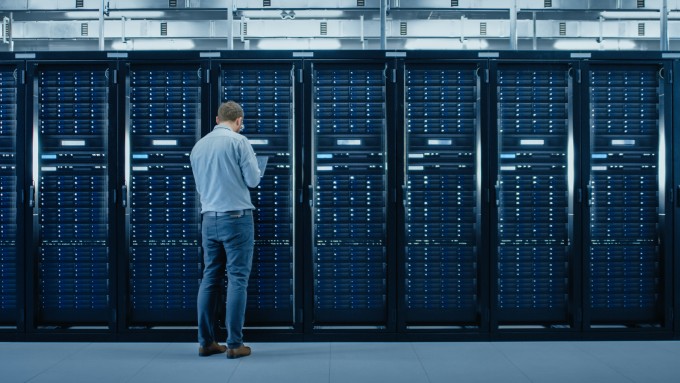
BBUの課題と、進化する安全対策
BBUの普及にともない、安全性に関する課題も顕在化しています。リチウムイオン電池を多数搭載するBBUシステムでは、過電流や過充電、繰り返される充放電によって電池が劣化し、膨張、破裂、火災といった深刻な事態を引き起こす恐れがあります。
これらのリスクを回避するには、異常を瞬時に検知し、事態の悪化を防止するために電池を充放電回路から物理的に切り離す「二次保護」の仕組みが不可欠です。AIサーバーはその能力発揮に短時間に大量の電力を要求するため、二次保護回路には高速遮断特性、低内部抵抗、誤作動防止の高信頼設計が求められます。
適切な二次保護ソリューションを導入することで、火災や装置損傷といった致命的な事象に至るリスクを回避することができます。同時にリスクを抱えたユニットを特定し、システムから排除することで、ユニット全体の健全性を確保します。
SCPがもたらすBBU保護の新基準
デクセリアルズが提供する表面実装型ヒューズ「SCP(Self Control Protector)」は、過電流や過電圧などの電気的な異常を検知し、回路を物理的に遮断する表面実装型の二次保護ソリューションです。BBUのように多数のリチウムイオン電池を搭載する装置では、システムの健全性を確保するため、迅速で確実な遮断が行われ、不具合ユニットは排除・交換されます。
SCPユニット単位での保護に対応しており、小型・軽量で高密度実装にも適しています。また、自己復帰機能を持たないため、誤動作や復電による二次的なリスクを回避し、安全性を確保しています。
こうした性能により、デクセリアルズのSCPはAIサーバー向けBBUの設計において、高い安全性・信頼性・設計自由度を提供する重要なソリューションとなっています。詳細な技術解説は、「なぜリチウムイオン電池に二次保護素子が必要なのか?過電流・過充電への備え」をご覧ください。
電力インフラの信頼性を支えるBBUとSCPの可能性
生成AIの進展により、データセンターの電力インフラは新たな進化の段階を迎えています。その中でも、BBUは瞬時の電力損失から重要なデータやシステムを守るために大変重要な存在です。
BBUは電源保護装置として重要な役割を果たす一方で、いざという時に正しく動作する(役割を果たす)健全性をどう維持・管理するかが課題となっています。その対策として重要なのが、不健全あるいは信頼性の低いユニットの早期発見・排除に繋がる信頼性の高い二次保護ヒューズの導入です。電気的リスクの進行を回路遮断で押しとどめ、、リスクを抱えたユニットの運用を強制停止させシステム全体の安全性を確保します。
デクセリアルズは、今後も表面実装型ヒューズ(SCP)の提供を通じて安心・安全を届けるとともに、大電流化が進むBBU市場のニーズに応えることで、この成長市場における価値創造に貢献してまいります。
関連記事
- SHARE

当社の製品や製造技術に関する資料をご用意しています。
無料でお気軽にダウンロードいただけます。
お役立ち資料のダウンロードはこちら
当社の製品や製造技術に関する資料をご用意しています。
無料でお気軽にダウンロードいただけます。
お役立ち資料のダウンロードはこちら

